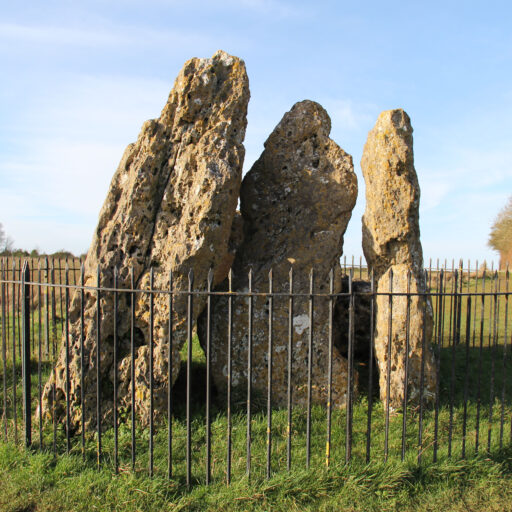It is believed that the Celts of the land worshipped this spring, in honour of their god Sulis. Sulis was the goddess of fertility and the sun. She was a goddess local to the Bath area, with the only mention of her outside of England is in small German town. Sulis was also known as the deity of healing waters.
When the Romans came in 43AD, they took over the area and the sacred springs. The Romans saw their god Minerva in Sulis; eventually leading the two gods to become Sulis Minerva.

A temple was soon built on Britain’s only hot spring in around 60AD, evolving into a bathhouse over a 300 year period. Just over a century after the Romans left Britain [in the 5th century], the baths had been completely abandoned. The site had silted up over the years of neglect, leaving it useless. By the 7th century, Anglo-Saxon Christian converts had began building churches nearby; several versions have existed throughout the ages.
Later, in around the 12th century, the Kings Bath was added on top of what was once the Sacred Spring. This bath differed to the Roman one, as it provided seats for bathers. With this, the bathers were able to be immersed in the water up to their necks; to make the most of the waters healing powers. The seat on the south side was added in the 17th century. As you can see, the water level has been lowered to keep it in line with Roman levels.
The terrace and the statues were added in the 19th century, when the site was being prepared as a tourist destination. Unfortunately, the original statue of Julius Caesar was vandalised. The one you see today around 30 years old and of a different, slightly gaudy style.
Even now it is encouraged to drink the water from the sacred spring, due to the plethora of minerals found in it.





